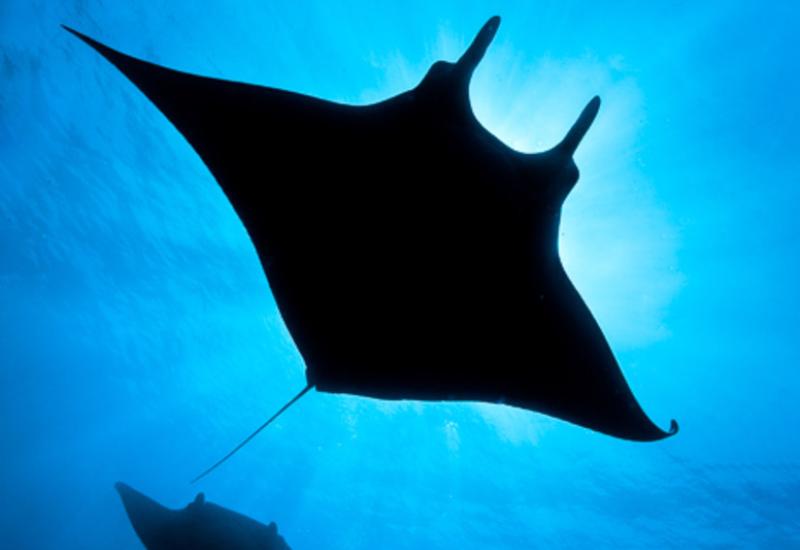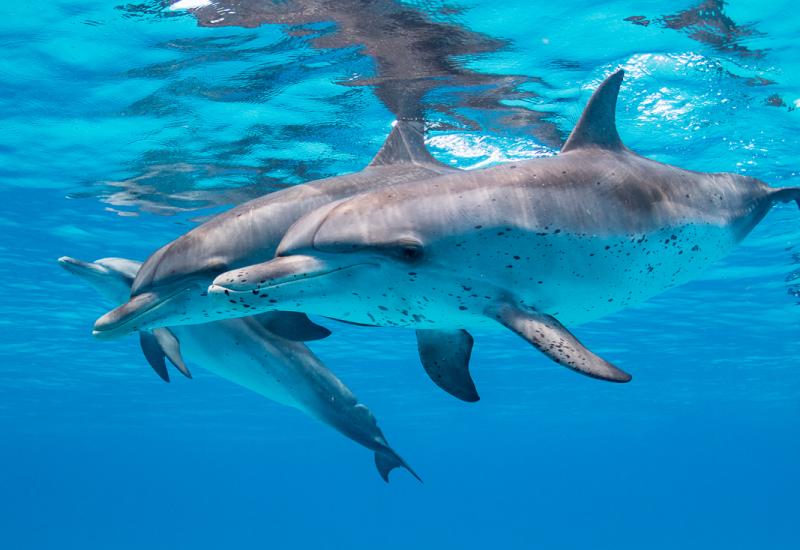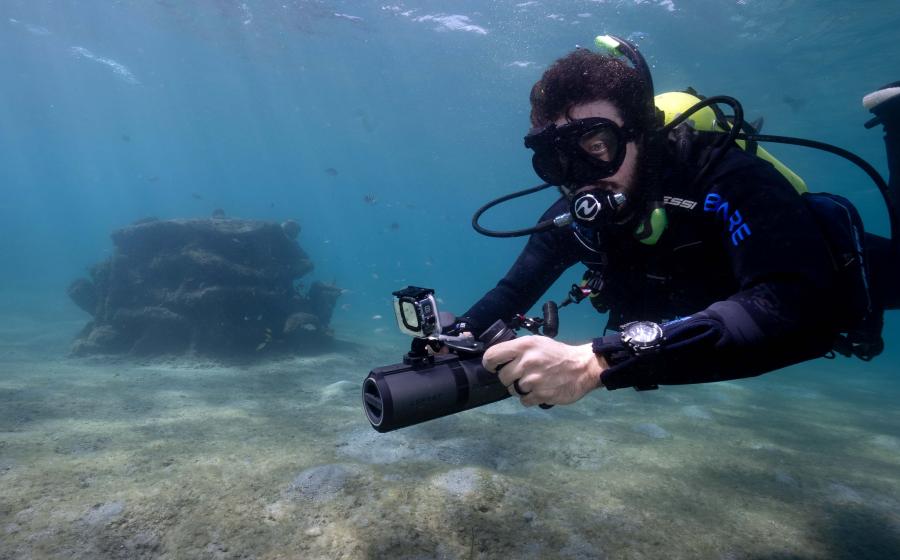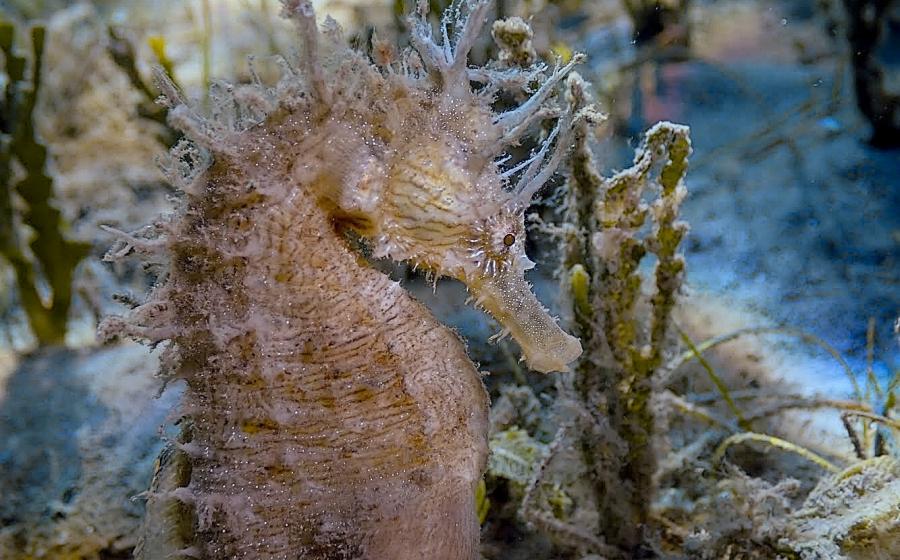Pro Tips for Shooting Silhouette Photos Underwater
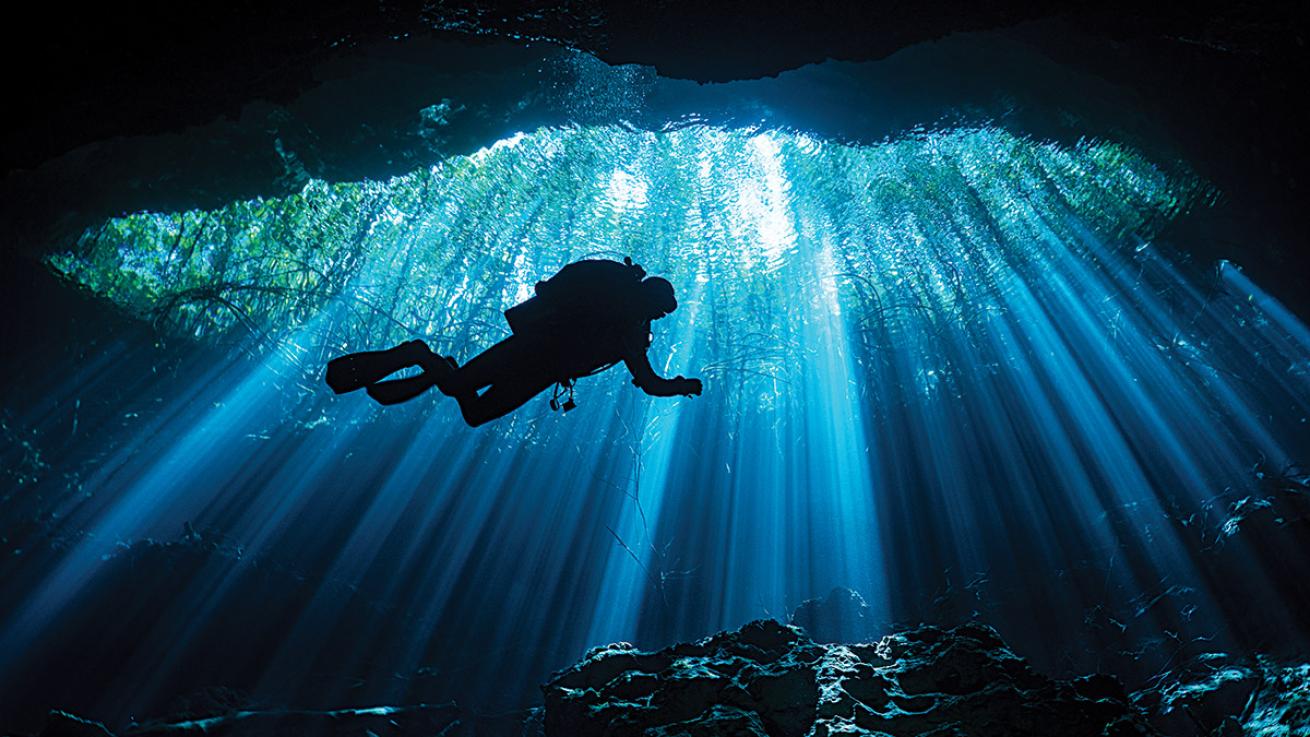
Brent DurandFollow these underwater photography tips for shooting silhouette photos of divers.
Photographers use many tools to create engaging images — one of the most important is the use of fellow scuba divers. Divers are dynamic in their ability to add interest to an otherwise mediocre image. Incorporating a diver silhouette can help show scale, add a background layer, create balance, present action and depict interaction.
As divers, we know that wrecks, reefs and some marine life can be impressively large underwater, but often a photo doesn’t make this scale obvious. By incorporating a diver in the scene, we show the size of the object compared with a person.
Often, a beautiful foreground such as a sea star, coral or even a cavern entrance will deliver a one-dimensional image. By adding a diver, we create an element of interest in the background, making a more dynamic image. If the main subject is positioned in a lower corner of the frame with blue water above, a diver in the opposite corner will help to not only create interest, but also balance the composition.
Many nondivers don’t immediately relate to strange critters featured in our photos. In fact, some might be so camouflaged that they’re tough to discern from the reef — such as a frogfish. Thoughtful placement of your model in relation to your animal subject can help the viewer connect with the scene and know where to look for the animal.

Scubapro; Sea Dragon; Ikelite
Scubapro Fluorescent Slate Sea Dragon Mini 900 Dive Light Ikelite DS160 Strobe $13; scubapro.com $79; sealife-cameras.com $799; ikelite.com This dive slate makes it easy to convey ideas to your dive model, even in early-morning or late-afternoon light. Clip it onto your BC’s D-ring so it’s out of the way; use it for those moments when hand signals just aren’t working. Packing 900 lumens and two-hour battery life at full power, the Mini 900 is a perfect prop for your model to hold. The narrow beam will not generate backscatter and will also be useful for peering into dark areas. The DS160 delivers beautiful, natural lighting with fast recycle times necessary for wide-angle photos with moving subjects. These versatile strobes can be triggered with a sync cord, fiber-optic cable or remote.
Diver Silhouette Photo Tips
Establish body-position hand signals with your model before the dive. This will make all the difference when composing the scene. A dive slate is a great tool for communicating creative ideas and for when hand signals just aren’t enough.
Ensure the diver is comfortable. Their gear should be streamlined (no dangling pressure gauges), they shouldn’t be flailing their arms, and their legs and fins should be together comfortably.
Position the diver so their body doesn’t clip any surrounding areas of contrast. The diver should form a clean silhouette.
Add motion by asking the diver to swim slowly behind the subject, capturing the silhouette midkick.
Add some flair to the diver silhouette through use of a dive light pointing just to the side of the camera. The diver should hold the light in a natural position in front of their body.



